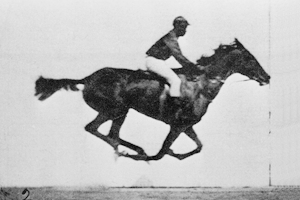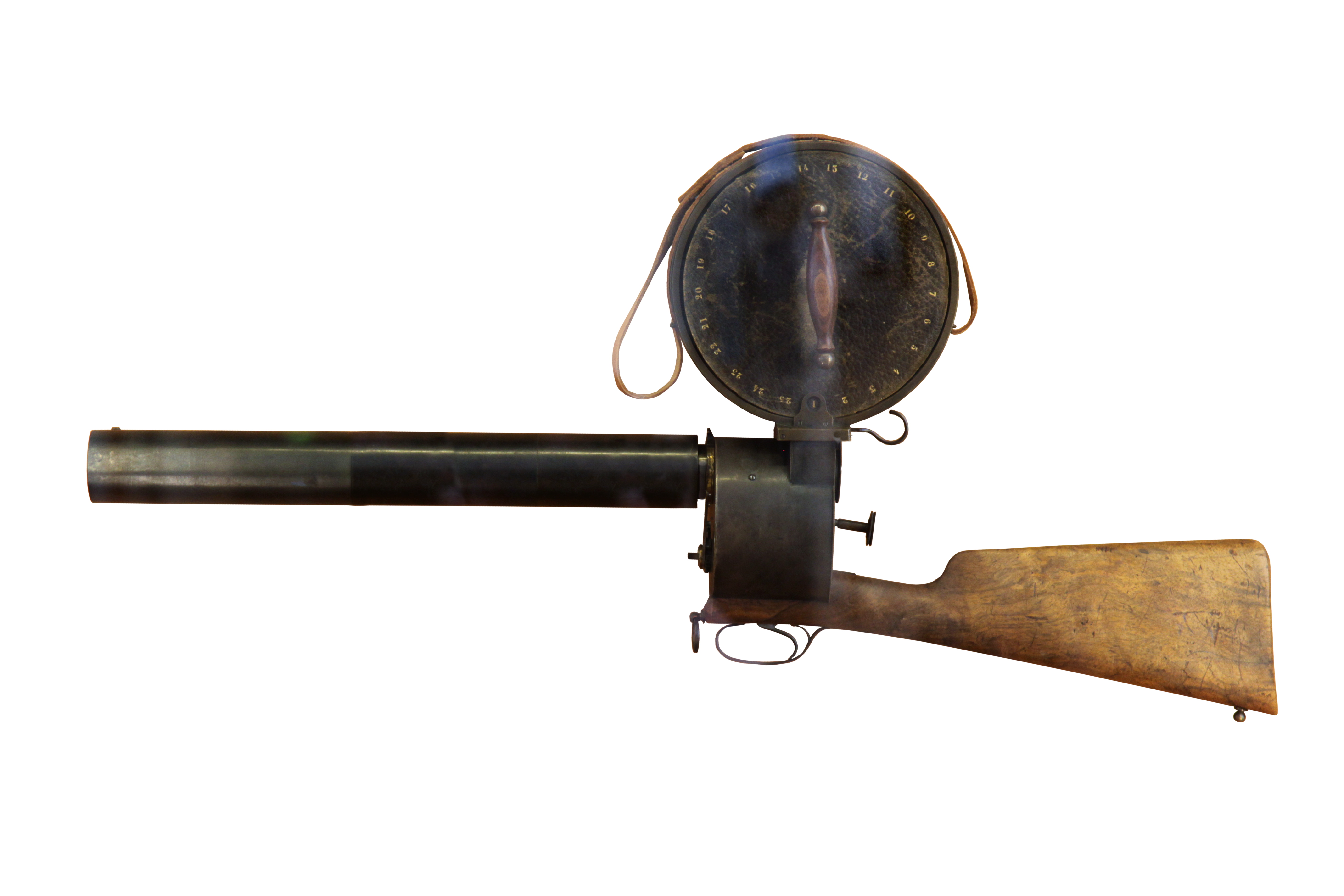|
Wollensak
Wollensak Optical was an American manufacturer of audio-visual products located in Rochester, New York. At the height of their popularity in the 1950s and 1960s, many brands of movie cameras came with a Wollensak Velostigmat lens. Wollensak reel-to-reel tape recorders were prized for their robust construction and value. In the 1960s, Wollensak was the choice tape recorder for amateur home, school, and office uses. They were produced in both stereo and mono designs. The firm was founded in 1899 by Andrew Wollensak to produce camera shutters. At its peak in the 1950s, it employed over 1000 people. The company had several owners, including Revere Camera Company and 3M Company. Wollensak ceased operation in 1972. Camera equipment Wollensak began making camera lenses in 1902. The company also produced camera shutters for large format cameras. They made shutters such as the Betax, Alphax, Optimo and, for the Graflex Corporation, Rapax. The Betax shutters were patented in 1912 and r ... [...More Info...] [...Related Items...] OR: [Wikipedia] [Google] [Baidu] |
Revere Camera Company
The Revere Camera Company was started in 1920 by Samuel Briskin, who also started Wollensak Recorders and Opticals. History The Revere Camera Company was founded in the early 1920s in Chicago, Illinois, as the ''Excel Auto Radiator Company'' by Ukrainian immigrant Samuel Briskin. Built for Excel – and designed by Alfred S. Alschuler, the manufacturing facility was located at 320 E. 21st St., Chicago, Illinois. They started making budget 8 mm movie cameras in 1939 through a subsidiary run by Briskin's sons, such as the ''Revere 88 Movie Camera'' and the ''Revere 85'' 8mm Projector. That company was later merged into Excel Auto Radiator Co., which then changed its name to Revere Camera Co. The Revere name is taken from the Revere Copper Company, which provided financial backing for Excel during the depression. In November 1952, Revere purchased the nearby Atwell Building – also designed by Alfred S. Alschuler – at 221 E. Cullerton St., Chicago, Illinois – and opera ... [...More Info...] [...Related Items...] OR: [Wikipedia] [Google] [Baidu] |
Compact Cassette
The Compact Cassette, also commonly called a cassette tape, audio cassette, or simply tape or cassette, is an analog magnetic tape recording format for audio recording and playback. Invented by Lou Ottens and his team at the Dutch company Philips, the Compact Cassette was released in August 1963. Compact Cassettes come in two forms, either containing content as a prerecorded cassette (''Musicassette''), or as a fully recordable "blank" cassette. Both forms have two sides and are reversible by the user. Although other tape cassette formats have also existed—for example the Microcassette—the generic term ''cassette tape'' is normally used to refer to the Compact Cassette because of its ubiquity. From 1983 to 1991 the cassette tape was the most popular audio format for new music sales in the United States. Compact Cassettes contain two miniature spools, between which the magnetically coated, polyester-type plastic film (magnetic tape) is passed and wound—essentia ... [...More Info...] [...Related Items...] OR: [Wikipedia] [Google] [Baidu] |
High Speed Photography
High-speed photography is the science of taking pictures of very fast phenomena. In 1948, the Society of Motion Picture and Television Engineers (SMPTE) defined high-speed photography as any set of photographs captured by a camera capable of 69 frames per second or greater, and of at least three consecutive frames. High-speed photography can be considered to be the opposite of time-lapse photography. In common usage, high-speed photography may refer to either or both of the following meanings. The first is that the photograph itself may be taken in a way as to appear to freeze the motion, especially to reduce motion blur. The second is that a series of photographs may be taken at a high sampling frequency or frame rate. The first requires a sensor with good sensitivity and either a very good shuttering system or a very fast strobe light. The second requires some means of capturing successive frames, either with a mechanical device or by moving data off electronic sensors very qui ... [...More Info...] [...Related Items...] OR: [Wikipedia] [Google] [Baidu] |
Graflex
Graflex was a manufacturer that gave its brand name to several camera models. The company was founded as the Folmer and Schwing Manufacturing Company in New York City in 1887 by William F. Folmer and William E. Schwing as a metal working factory, manufacturing gas light fixtures, chandeliers, bicycles and eventually, cameras. In 1909, it was acquired by George Eastman, and the company was moved to 12 Caledonia Avenue (later renamed Clarissa Street) in Rochester, New York in 1928. It operated as the Folmer & Schwing Division of the Eastman Kodak Company. In 1926, Kodak was forced to divest itself of the division, which was spun off forming a new company, the Folmer Graflex Corporation, which changed its name to Graflex Inc. in 1946. In 1956, it became a Division of the General Instrument Precision Company, and moved its offices to Pittsford, New York outside Rochester. In 1968, the company was sold to the Singer Corporation. Graflex was known for the quintessential press camer ... [...More Info...] [...Related Items...] OR: [Wikipedia] [Google] [Baidu] |
Bell Labs
Nokia Bell Labs, commonly referred to as ''Bell Labs'', is an American industrial research and development company owned by Finnish technology company Nokia. With headquarters located in Murray Hill, New Jersey, Murray Hill, New Jersey, the company operates several laboratories in the United States and around the world. As a former subsidiary of the American Telephone and Telegraph Company (AT&T), Bell Labs and its researchers have been credited with the development of radio astronomy, the transistor, the laser, the photovoltaic cell, the charge-coupled device (CCD), information theory, the Unix operating system, and the programming languages B (programming language), B, C (programming language), C, C++, S (programming language), S, SNOBOL, AWK, AMPL, and others, throughout the 20th century. Eleven Nobel Prizes and five Turing Awards have been awarded for work completed at Bell Laboratories. Bell Labs had its origin in the complex corporate organization of the Bell System telepho ... [...More Info...] [...Related Items...] OR: [Wikipedia] [Google] [Baidu] |
Rochester, New York
Rochester is a city in and the county seat, seat of government of Monroe County, New York, United States. It is the List of municipalities in New York, fourth-most populous city and 10th most-populated municipality in New York, with a population of 211,328 at the 2020 United States census, 2020 census. The city forms the core of the larger Rochester metropolitan area, New York, Rochester metropolitan area in Western New York, with a population of just over 1 million residents. Throughout its history, Rochester has acquired several nicknames based on local industries; it has been known as "History of Rochester, New York#Rochesterville and The Flour City, the Flour City" and "History of Rochester, New York#The Flower City, the Flower City" for its dual role in flour production and floriculture, and as the "World's Image Center" for its association with film, optics, and photography. The city was one of the United States' first boomtowns, initially due to the fertile Genesee River ... [...More Info...] [...Related Items...] OR: [Wikipedia] [Google] [Baidu] |
Movie Camera
A movie camera (also known as a film camera and cine-camera) is a type of photographic camera that rapidly takes a sequence of photographs, either onto film stock or an image sensor, in order to produce a moving image to display on a screen. In contrast to the still camera, which captures a single image at a time, the movie camera takes a series of images by way of an intermittent mechanism or by electronic means; each image is a ''frame'' of film or video. The frames are projected through a movie projector or a video projector at a specific frame rate (number of frames per second) to show the moving picture. When projected at a high enough frame rate (24 frames per second or more), the persistence of vision allows the eyes and brain of the viewer to merge the separate frames into a continuous moving picture. History A forerunner to the movie camera was the machine invented by Francis Ronalds at the Kew Observatory in 1845. A photosensitive surface was drawn slowly past the aper ... [...More Info...] [...Related Items...] OR: [Wikipedia] [Google] [Baidu] |
Reel-to-reel
Reel-to-reel audio tape recording, also called open-reel recording, is magnetic tape audio recording in which the recording tape is spooled between reels. To prepare for use, the ''supply reel'' (or ''feed reel'') containing the tape is placed on a spindle or hub. The end of the tape is manually pulled from the reel, threaded through mechanical guides and over a tape head assembly, and attached by friction to the hub of the second, initially empty ''takeup reel''. Reel-to-reel systems use tape that is wide, which normally moves at . Domestic consumer machines almost always used or narrower tape and many offered slower speeds such as . All standard tape speeds are derived as a binary submultiple of 30 inches per second. Reel-to-reel preceded the development of the compact cassette with tape wide moving at . By writing the same audio signal across more tape, reel-to-reel systems give much greater fidelity at the cost of much larger tapes. In spite of the relative inconveni ... [...More Info...] [...Related Items...] OR: [Wikipedia] [Google] [Baidu] |
Large Format
Large format photography refers to any imaging format of or larger. Large format is larger than "medium format", the or size of Hasselblad, Mamiya, Rollei, Kowa, and Pentax cameras (using 120 film, 120- and 220-roll film), and much larger than the frame of 135 film, 35 mm format. The main advantage of a large format, film or digital, is a higher resolution at the same pixel pitch, or the same resolution with larger pixels or grains which allows each pixel to capture more light enabling exceptional low-light capture. A 4×5 inch image (12.903 mm²) has about 15 times the area, and thus 15 times the total resolution, of a 35 mm frame (864 mm²). Large format cameras were some of the earliest photographic devices, and before enlargers were common, it was normal to just make 1:1 contact prints from a 4×5, 5×7, or 8×10-inch negative. Formats The most common large format is , which was the size used by cameras like the Graflex Speed Graphi ... [...More Info...] [...Related Items...] OR: [Wikipedia] [Google] [Baidu] |
Western Electric
Western Electric Co., Inc. was an American electrical engineering and manufacturing company that operated from 1869 to 1996. A subsidiary of the AT&T Corporation for most of its lifespan, Western Electric was the primary manufacturer, supplier, and purchasing agent for all telephone equipment for the Bell System from 1881 until 1984, when Breakup of the Bell System, the Bell System was dismantled. Because the Bell System had a near-total monopoly over telephone service in the United States for much of the 20th century, Western Electric's equipment was widespread across the country. The company was responsible for many technological innovations, as well as developments in industrial management. History 19th century In 1856, George Shawk, a craftsman and telegraph maker, purchased an electrical engineering business in Cleveland, Ohio. In January 1869, Shawk had partnered with Enos M. Barton in the former Western Union repair shop of Cleveland, to manufacture burglar alarms, fire ... [...More Info...] [...Related Items...] OR: [Wikipedia] [Google] [Baidu] |
Stereo Camera
A stereo camera is a type of camera with two or more lenses with a separate image sensor or film frame for each lens. This allows the camera to simulate human binocular vision, and therefore gives it the ability to capture three-dimensional images, a process known as stereo photography. Stereo cameras may be used for making stereoviews and 3D pictures for movies, or for range imaging. The distance between the lenses in a typical stereo camera (the intra-axial distance) is about the distance between one's eyes (known as the intra-ocular distance) and is about 6.35 cm, though a longer base line (greater inter-camera distance) produces more extreme 3-dimensionality. In the 1950s, stereo cameras gained some popularity with the Stereo Realist and similar cameras that employed 135 film to make stereo slides. 3D pictures following the theory behind stereo cameras can also be made more inexpensively by taking two pictures with the same camera, but moving the camera a few ... [...More Info...] [...Related Items...] OR: [Wikipedia] [Google] [Baidu] |








